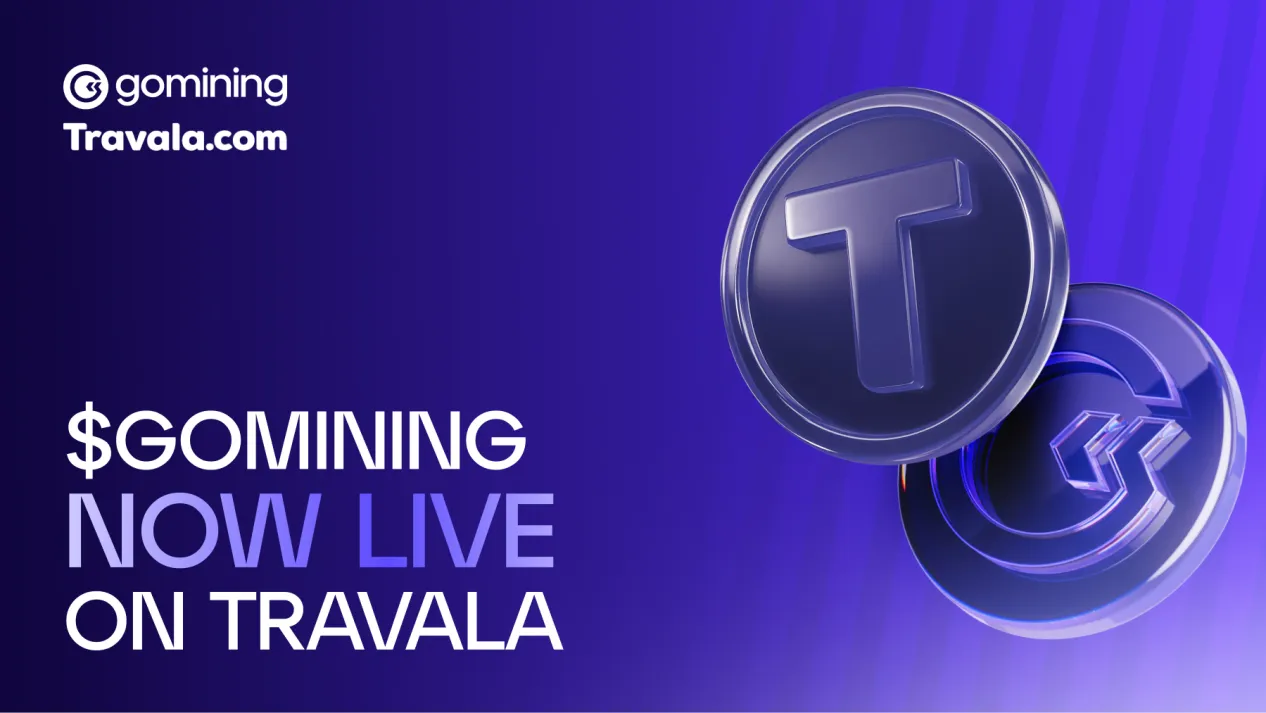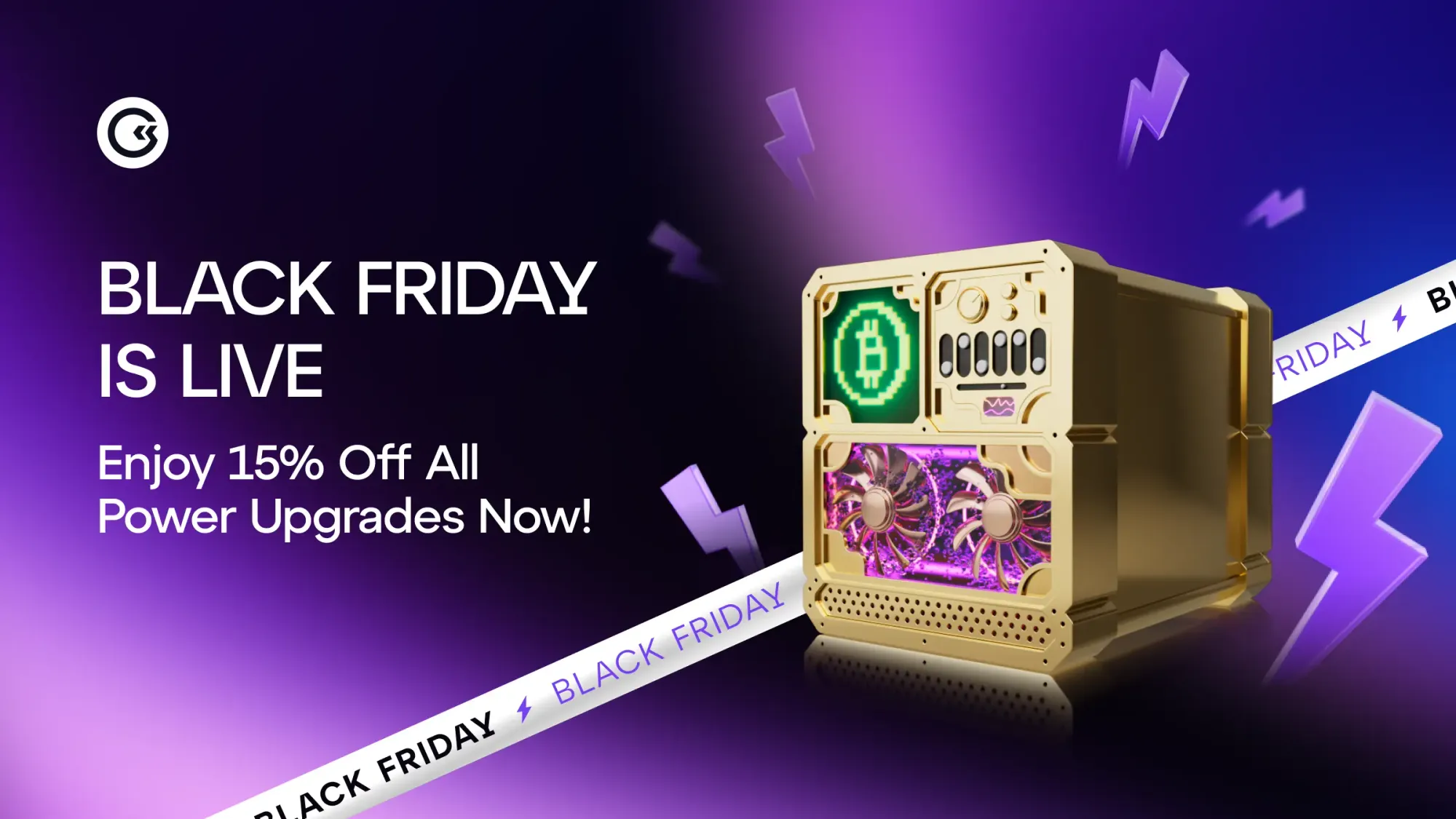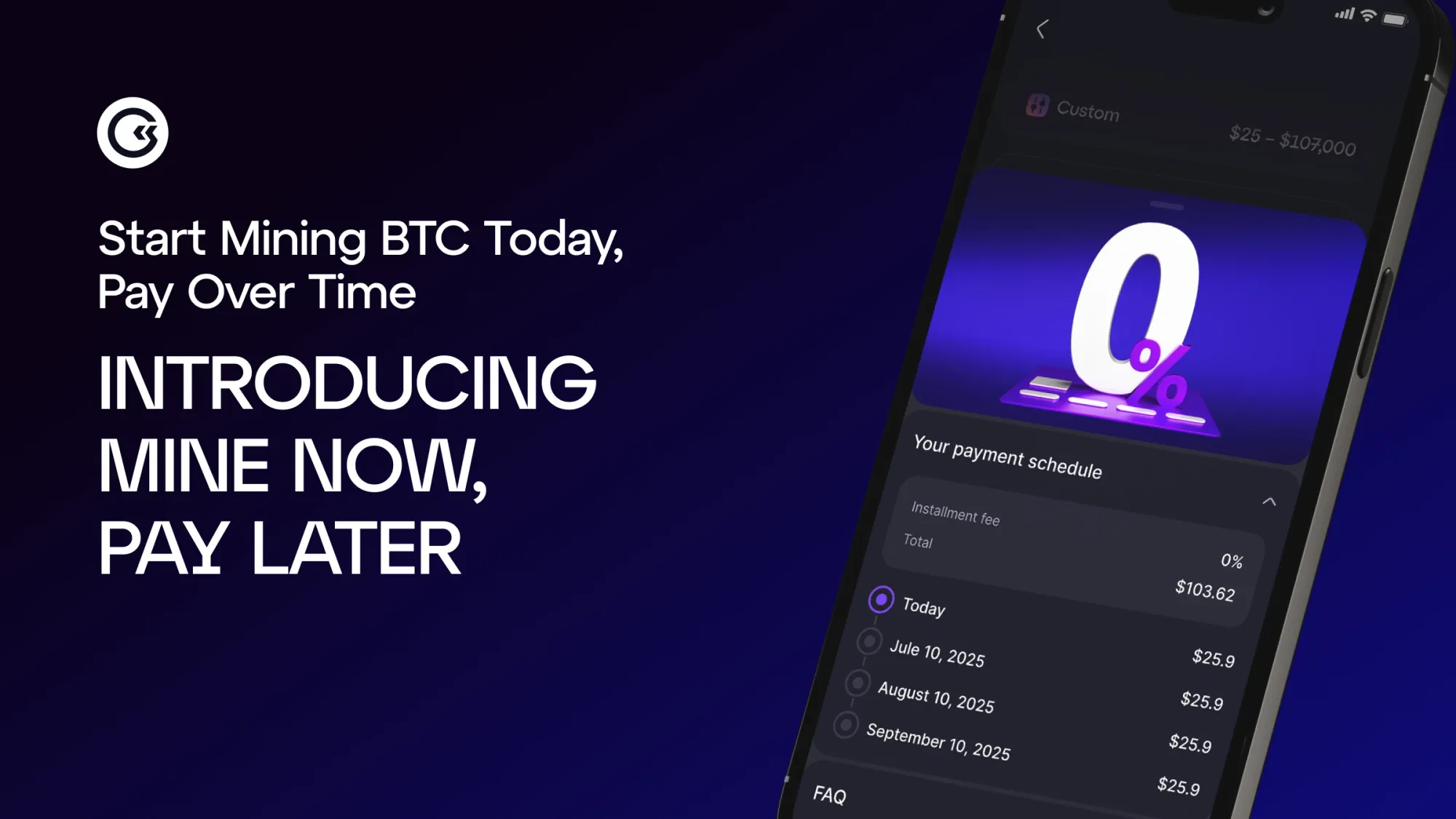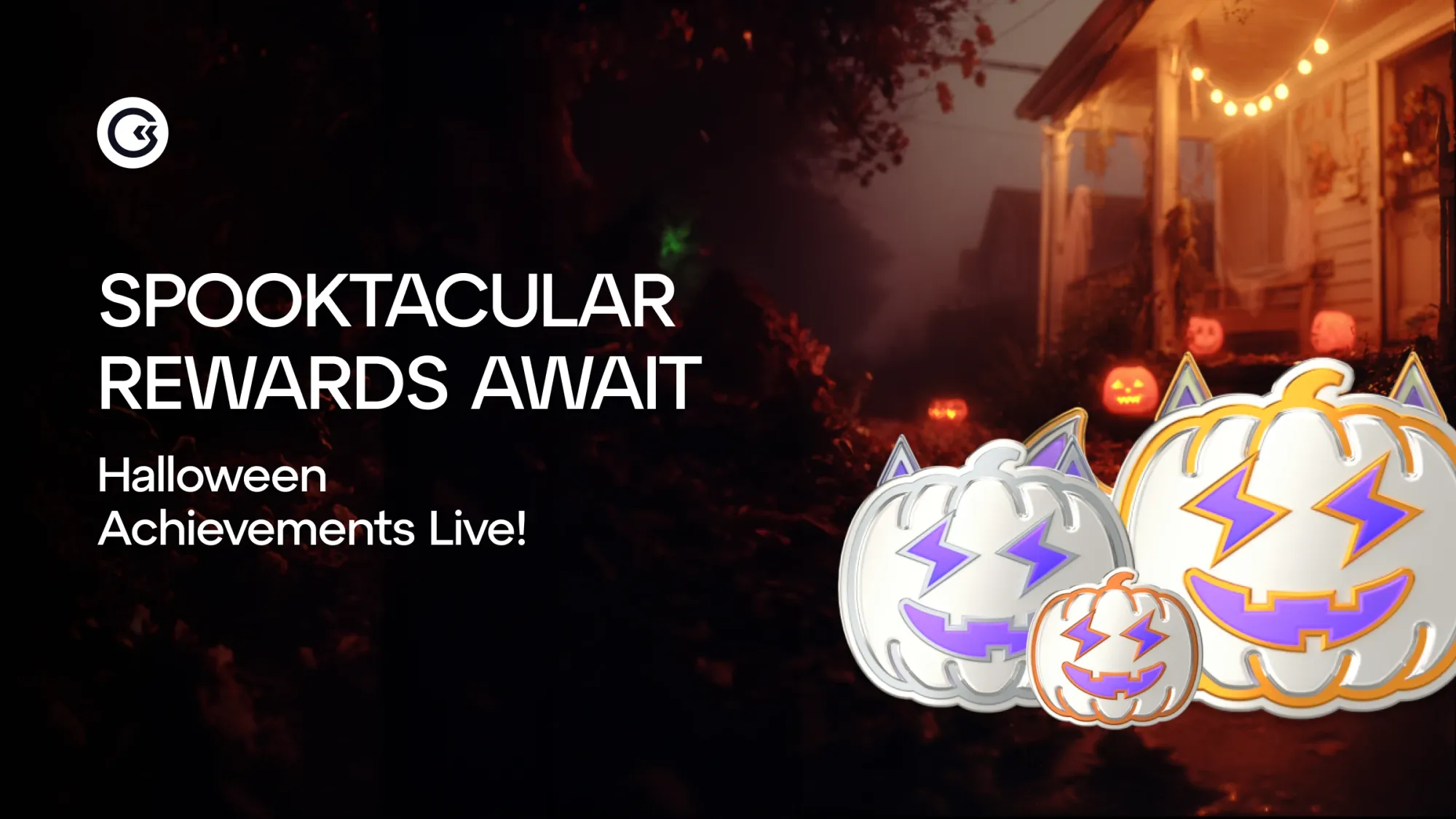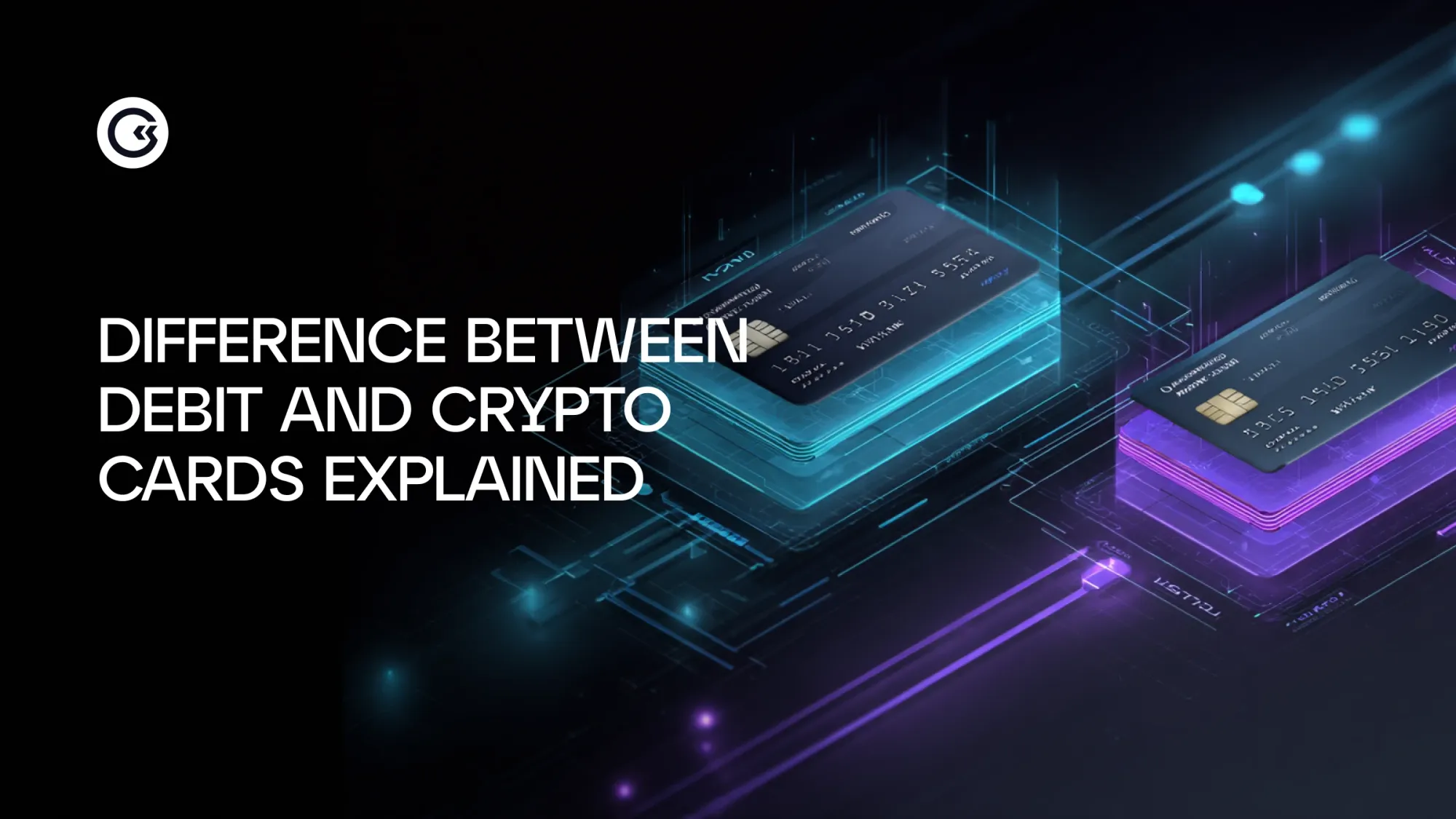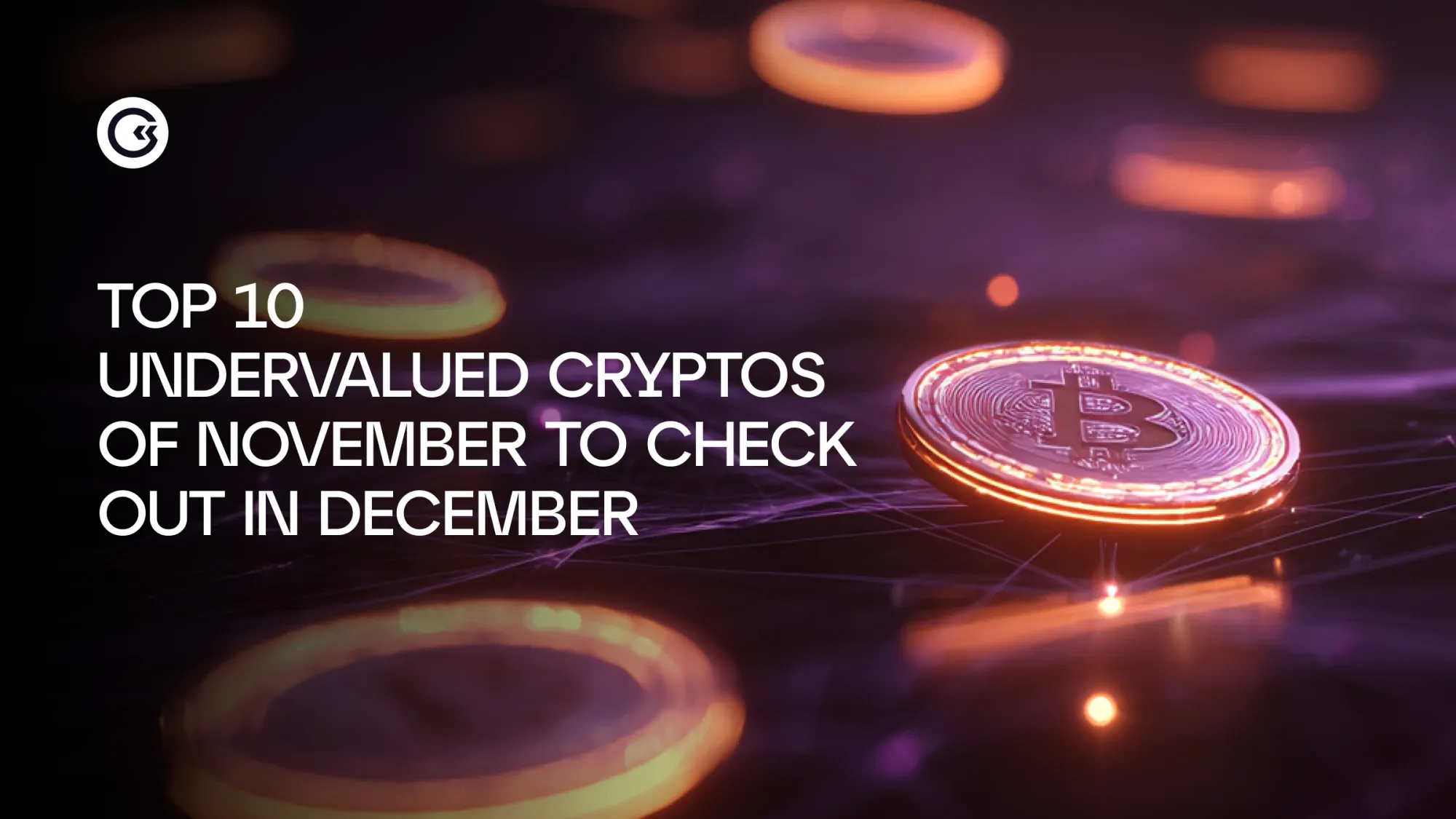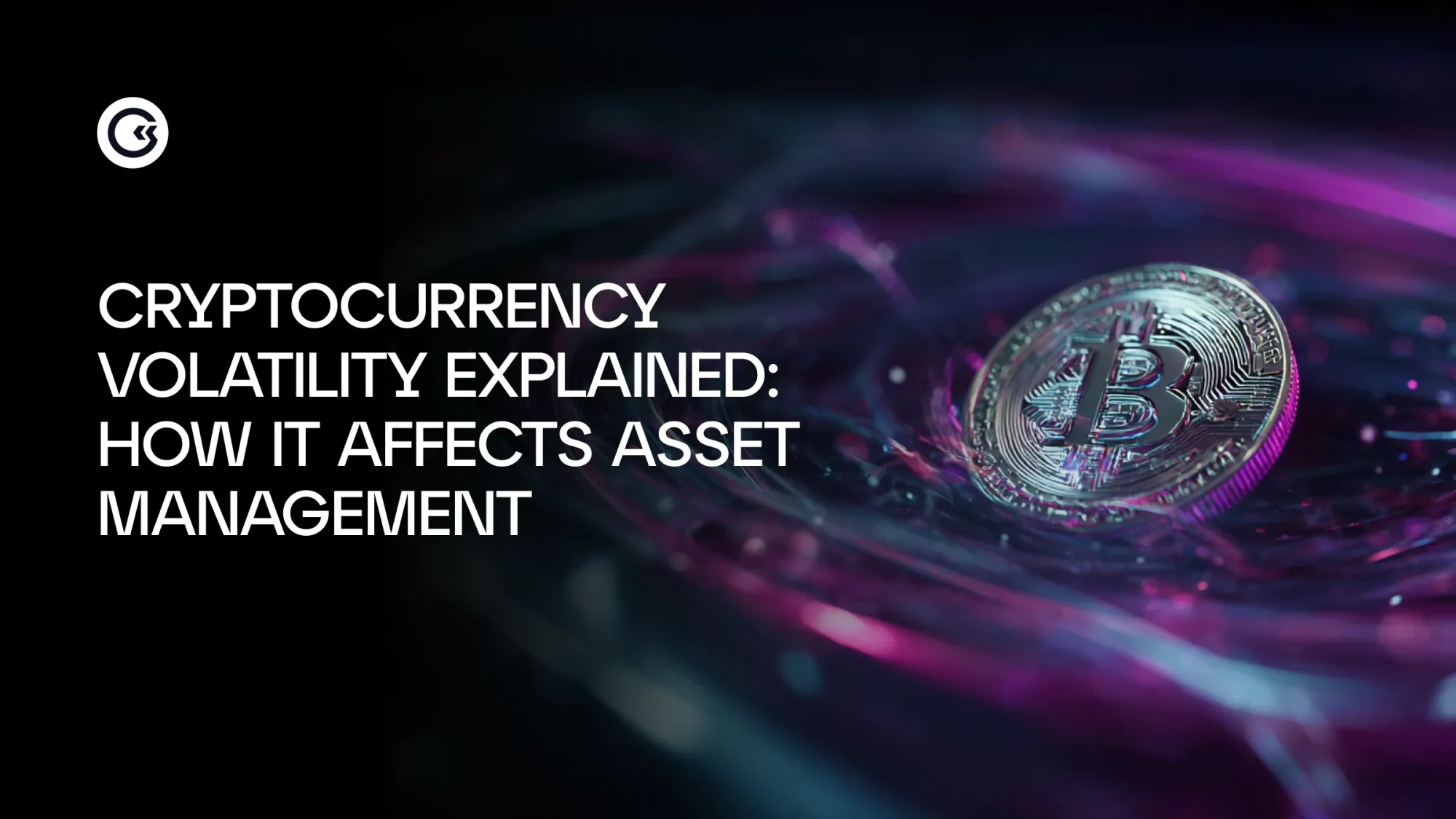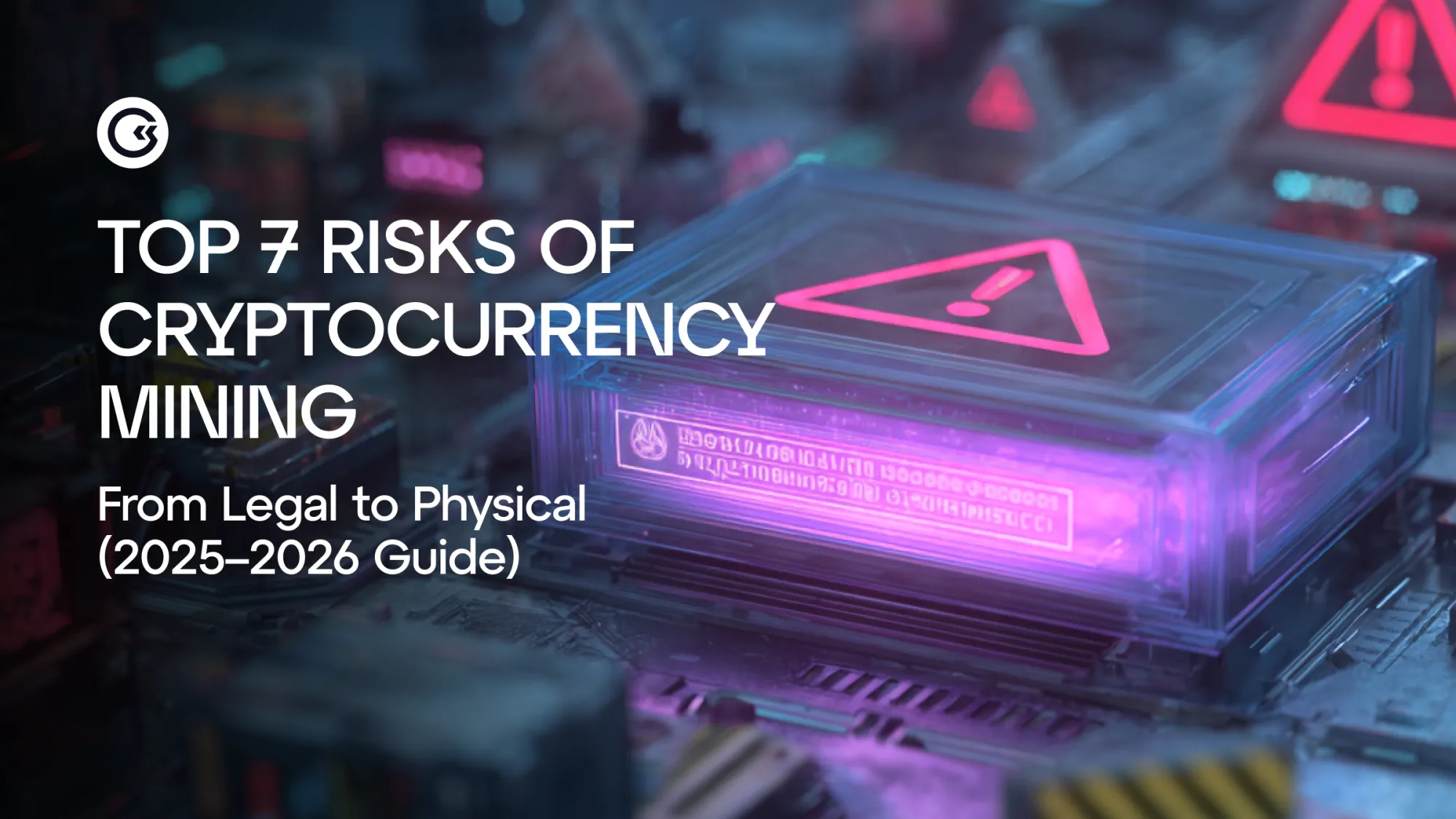Intro
The crypto landscape in 2025 is shifting fast, and the question on many minds is which altcoin to buy as Bitcoin continues to dominate headlines. While Bitcoin still holds the largest share of market value, altcoins are carving out space with new technologies, creative applications, and loyal user bases. This is where opportunities open: altcoins can complement Bitcoin’s strength while offering exposure to sectors like decentralized finance, gaming, and real-world asset tokens.
Bitcoin continues to anchor the market, but altcoins now represent over 40% of total crypto market capitalization, signaling a broader appetite for variety. This rising share reflects not only speculation but also genuine adoption, with users turning to altcoins for functions Bitcoin was never designed to cover.
Yet the sheer variety makes choice difficult. In a climate of regulation, innovation, and constant market cycles, diversification is not just a buzzword but a practical approach. In this article, we’ll explore how altcoins fit into the ecosystem, the criteria that matter when comparing them, and which projects stand out as candidates for growth in 2025.
Understanding the Role of Altcoins in the Crypto Ecosystem
Altcoins sit at the heart of the broader crypto ecosystem, offering a comparison of different cryptocurrencies beyond Bitcoin’s well-known role. Where Bitcoin was designed mainly as a peer-to-peer digital money, altcoins branch out into diverse categories, each aiming to solve a specific problem or capture a unique opportunity.
Smart contract platforms like Ethereum and Solana enable developers to build decentralized applications directly on their blockchains. Payment-focused coins such as Litecoin or XRP streamline transfers with lower fees and faster confirmation times. Entire networks of decentralized finance (DeFi) tokens power lending, borrowing, and trading without traditional intermediaries.
In parallel, gaming and metaverse coins create digital economies where users can own, trade, and monetize assets inside virtual worlds. Stablecoins add another dimension by tying digital tokens to fiat currencies, offering price stability that other altcoins lack. More recently, a wave of AI-driven tokens and real-world asset (RWA) projects has emerged, blending machine learning tools or tokenizing tangible assets like real estate and commodities.
These categories show why altcoins are not a side note to Bitcoin but rather a constantly expanding set of building blocks that shape how crypto evolves and how users engage with it.
Criteria for Evaluating Altcoins in 2025
When comparing altcoins in 2025, the first step is to look at market capitalization and liquidity (ease of buying or selling without big price swings). A higher market cap signals broader adoption, while strong liquidity ensures that you can enter or exit a position without major price shifts.
Technology and scalability also matter. Chains that can handle thousands of transactions per second with low fees are better positioned to support real-world applications. Use cases and adoption rates provide another filter. An altcoin tied to active communities, dapps, or integrations has stronger staying power than one that exists mostly on paper.
Developer activity is equally important, since an engaged team signals ongoing updates, security patches, and ecosystem growth. Platforms with vibrant developer hubs tend to adapt faster to shifts in user demand. Finally, the regulatory outlook can’t be ignored. Governments worldwide are paying closer attention to how tokens are issued, traded, and marketed. In some regions, such as the EU with MiCA or Singapore’s MAS, clearer rules are already creating frameworks that may favor compliant projects.
Altcoins that already align with compliance standards, or that have shown resilience in the face of new rules, will likely face fewer disruptions. In short, evaluating altcoins means weighing financial metrics, technology, user traction, and legal resilience together to find projects capable of thriving through 2025’s uncertainty.
Top Altcoins to Watch in 2025
The altcoin market in 2025 is packed with contenders, from household names to fresh experiments. Some are racing ahead with real adoption, while others are still fighting for relevance. To cut through the noise, it helps to focus on projects that already show clear strengths: strong tech, active users, or a proven niche.
Below, we’ll break down the leading platforms and a few emerging challengers so you can see not just what each coin claims to do, but how it’s performing in today’s fast-moving crypto economy.
Ethereum (ETH)
Ethereum remains one of the leading smart contract platforms. With proof of stake (energy-efficient consensus) and ongoing scaling upgrades, ETH supports a deep DeFi stack, NFTs, and enterprise pilots, giving builders and users a reliable base layer.
Solana (SOL)
Solana focuses on high throughput and low fees, enabling real-time apps in gaming, NFTs, and payments. After hardening its network, SOL’s speed and growing developer activity make it a natural home for consumer-grade crypto apps.
Cardano (ADA)
Cardano advances through a research-first roadmap. Emphasis on formal methods and scalability appeals to institutions seeking predictable, secure infrastructure. Its ecosystem is expanding through on-chain governance and new dapps.
Polkadot (DOT)
Polkadot’s design enables interoperability (blockchains talking to each other). Independent chains connect via shared security and message passing. This cross-chain approach aims to unlock new use cases that require data and liquidity to move smoothly between networks.
Ripple (XRP)
Ripple targets cross-border payments, reducing settlement time and cost for banks and remittance providers. Despite legal scrutiny, the network’s purpose-built rails for value transfer have kept it relevant in regulated corridors.
Avalanche (AVAX)
Avalanche offers fast confirmation of transactions (finality) and customizable subnets, allowing tailored environments for DeFi and enterprise. Partnerships and tooling have brought diverse projects that benefit from predictable performance and flexible deployment.
Emerging Tokens (AI, RWA, Layer-2s)
AI-linked tokens bring automation and analytics to crypto workflows. Real-world asset projects tokenize things like real estate or commodities, widening collateral options. Layer-2 networks scale activity on established chains while preserving security.
These altcoins don’t tell a single story, but they reveal how diverse the crypto landscape has become. Some are pushing boundaries in scalability and cross-chain design. Others are focusing on payments or enterprise partnerships, while newer tokens are experimenting with AI and tokenized real-world assets.
Each path carries its own risks, yet all point to one reality: altcoins are no longer side notes to Bitcoin, but active drivers of innovation. Watching how they develop through 2025 can help spot where adoption may build next.
Under-the-Radar Cryptocurrencies
While the headlines often center on Ethereum, Solana, or other giants, there are quieter projects steadily building momentum. For readers wondering which altcoin to buy now, these lesser-known tokens can be worth a closer look. Many of them combine strong fundamentals with smaller market caps, creating room for faster growth if adoption kicks in.
Financial media has highlighted examples like Render (RNDR), which fuels decentralized GPU rendering, or GMX, a platform for perpetual futures trading that has gained traction in DeFi circles. Others, such as Injective or Arweave, focus on specialized niches like cross-chain derivatives or permanent decentralized storage.
These aren’t guaranteed moonshots, but they stand out from the sea of copycat projects because they are solving real problems with active communities behind them. For those willing to accept higher risk, under-the-radar cryptocurrencies may offer the chance to catch trends before they become mainstream.
The challenge lies in separating early signals of real utility from hype, and in recognizing that some of the most promising opportunities are still being built outside the spotlight.
Long-Term vs Short-Term Trading Strategies
When thinking about altcoins in 2025, strategy matters as much as selection. One path is long-term holding: choosing projects with strong fundamentals, active developer communities, and proven use cases, then riding out the inevitable market cycles. Ethereum and other established platforms often fit this role, serving as core positions that can anchor a portfolio over several years.
On the other end of the spectrum are short-term, speculative picks. Traders focused on quick gains may look to volatile tokens that move sharply around news, exchange listings, or market sentiment. This approach demands close monitoring, clear exit plans, and the willingness to accept losses when a trade turns.
Many people find a middle ground through a balanced strategy, mixing Bitcoin and Ethereum with a curated selection of altcoins. This combination allows the stability of established assets to counter the swings of smaller projects, creating a smoother path through unpredictable markets.
The key is clarity: knowing which coins you plan to hold for years, which you are only trading for weeks or months, and why. With that structure, altcoin exposure can support both long-term conviction and short-term opportunity.
Risks of Buying Altcoins
Altcoins can offer opportunity, but they also carry unique risks that anyone entering the market should weigh carefully. The most obvious is volatility. Prices can double or halve within weeks, sometimes even days, driven by speculation, thin liquidity, or sudden shifts in market sentiment.
Regulation is another source of uncertainty. Governments worldwide are drafting rules on how tokens are issued, traded, and taxed, and projects that fail to adapt may face restrictions or bans. In some countries, evolving frameworks are making it easier for compliant projects to thrive, but the global patchwork of rules remains a challenge.
Security concerns also loom large. Hacks of exchanges, smart contract flaws, and rug pulls, where developers abandon a project after raising funds, remain persistent threats. Even strong teams are not immune, which is why ongoing audits and transparency are so important.
Finally, the pattern of market cycles adds another layer of risk. Altcoin seasons, periods when smaller tokens outperform Bitcoin, have historically been followed by steep corrections. Timing those waves is difficult, and newcomers often get caught buying near peaks. For beginners, the biggest risk often comes not from the market itself but from rushing in without understanding basic custody, wallets, or scams.
Recognizing these risks doesn’t mean avoiding altcoins altogether. It means approaching them with a clear plan, risk management tools, and the understanding that rapid growth usually comes with equally rapid downside.
Altcoins vs Bitcoin: Complement or Competition?
Bitcoin remains the benchmark for digital assets. It set the standard for scarcity, decentralization, and security. Every new project, whether large or small, is often measured against it, making a comparison of all cryptocurrencies incomplete without acknowledging Bitcoin’s central role.
Yet altcoins are not just imitators. They fill gaps that Bitcoin was never designed to cover, such as running smart contracts, powering decentralized applications, or enabling instant, low-cost payments across borders. This complementary role has given rise to whole sectors like DeFi, gaming, and stablecoins that would not exist on Bitcoin alone.
At the same time, competition is real. Some altcoin communities position themselves as alternatives, claiming faster technology or more flexible governance. The future may not hinge on one model replacing the other but on coexistence, where Bitcoin continues to function as the store of value and settlement layer, while altcoins experiment with features that expand crypto’s reach.
For users, the key is understanding both sides of this dynamic: Bitcoin’s durability and trust, paired with the innovation and variety that altcoins bring. Together, they outline the spectrum of possibilities shaping crypto in 2025.
Conclusion
Altcoins in 2025 present a wide field of possibilities, from established leaders like Ethereum and Solana to lesser-known projects experimenting with AI or real-world asset tokens. Some of the most promising opportunities may lie where strong fundamentals, active communities, and genuine utility intersect.
While volatility and regulatory shifts remain part of the picture, the overall trend points to continued growth in sectors such as DeFi, stablecoins, and interoperability. Bitcoin still sets the benchmark, yet altcoins are shaping how innovation unfolds across the ecosystem.
Looking ahead, the mix of AI-driven tokens, regulatory clarity, and real-world integrations will likely define the next chapter. In the end, the altcoin story of 2025 is about choice: from blue-chip platforms to experimental niches, the paths are many, and the outcomes will depend on how users, developers, and regulators shape the space.
For those watching closely, 2025 is not just about short-term price moves but about recognizing which projects are building lasting value.
💡Earn Bitcoin While You Learn
Access real mining power backed by real machines.
Pick your virtual miner, set energy preferences, and receive daily BTC rewards.
👉 Start earning Bitcoin at gomining.com
Further Reading
- Most Important Cryptocurrencies Other Than Bitcoin – Investopedia
- Top 10 Cryptos to Watch in 2025 – Zebpay
- Top Performing Crypto Assets – Bankrate
- Under-the-Radar Cryptocurrencies – Yahoo Finance
- Best Long-Term Crypto Guide – CoinLedger
- Crypto to Boom in 2025 – Motley Fool
- Best Crypto Altcoins – Token Metrics
- Next Crypto to Explode – 99Bitcoins
FAQ
Which altcoins have the most potential in 2025?Ethereum, Solana, Cardano, and Avalanche remain strong contenders, while newer tokens tied to AI and real-world assets are gaining traction. Their potential depends on adoption and ecosystem growth.
Is Ethereum still the best altcoin to buy?Ethereum is still the most established altcoin thanks to its smart contract ecosystem, large developer base, and ongoing upgrades. It continues to serve as a foundation for DeFi and NFTs.
What are the risks of buying new altcoins?New altcoins can be highly volatile and may lack proven technology or adoption. Risks include price crashes, hacks, and regulatory uncertainty. It’s important to research carefully before adding them to your portfolio.
Can altcoins outperform Bitcoin in 2025?Some altcoins may outperform Bitcoin during short-term market cycles, often called altcoin seasons. However, Bitcoin still serves as the benchmark for the market and remains more stable over time.
What is the safest long-term cryptocurrency option?Bitcoin is often considered the safest long-term choice because of its decentralization, security, and wide recognition. Ethereum also has strong long-term potential due to its large ecosystem.
How do regulatory changes affect altcoin prospects?Clear regulations can bring legitimacy and adoption, while strict or unclear rules can harm projects. Altcoins that build with compliance in mind are better positioned to withstand regulatory shifts.
Which sectors (AI, DeFi, metaverse) will drive the next crypto boom?AI-linked tokens, DeFi platforms, and real-world asset tokenization are expected to lead the next wave of growth. Metaverse and gaming tokens may also see adoption as digital economies expand.
October 6, 2025



